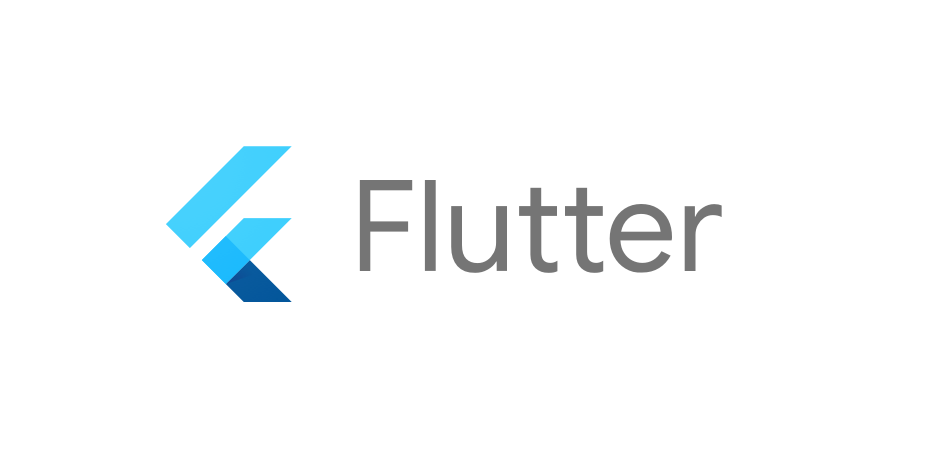The worlds of photography and visual content are abuzz with the monumental announcement that Getty Images and Shutterstock, two of the most prominent players in the industry, are merging to form a unified powerhouse. This historic move, valued at approximately $3.7 billion, marks a significant shift in the landscape of stock photography and visual content, with implications for creators, businesses, and consumers alike. Here, we explore the details, motivations, and potential impact of this groundbreaking merger.
Details of the merger
The merger agreement between Getty Images and Shutterstock will create a single entity valued at $3.7 billion. The combined company will harness the strengths of both organizations to redefine the visual content space. According to the terms of the deal, Getty Images shareholders will own 54.7% of the new entity, while Shutterstock shareholders will hold 45.3%. This balanced distribution reflects the complementary nature of the two companies.
Leadership and structure
Craig Peters, the current CEO of Getty Images, is set to lead the merged company. The board of directors will include representatives from both organizations, ensuring a collaborative approach to decision-making. Both Getty Images and Shutterstock will retain their unique brand identities and continue to operate as distinct platforms, providing their respective user bases with the familiarity they have come to expect.
Operational goals
The merger aims to enhance the companies’ collective offerings and competitiveness in a rapidly evolving industry. By pooling resources, the new entity seeks to expand its stock photo collections, improve content coverage of global events, and introduce cutting-edge technologies to better serve its customers. The combined company is expected to achieve annual cost synergies of $150 to $200 million within three years, bolstering profitability and cash flow.
Strategic motivations behind the merger
The decision to merge comes in the face of several challenges and opportunities within the visual content market:
- Rising competition from AI-Generated content
- Artificial intelligence has introduced new players into the market, offering tools that create realistic imagery and design elements at a fraction of the cost of traditional photography. Getty Images and Shutterstock recognize the need to innovate and expand their capabilities to stay ahead of these disruptive technologies.
- Demand for comprehensive visual content solutions
- Businesses and content creators increasingly demand diverse, high-quality visuals for marketing, advertising, and digital campaigns. The merger allows the combined entity to offer a broader range of assets to meet these needs.
- Enhanced global reach
- Both Getty Images and Shutterstock have extensive international operations. By joining forces, they can improve their ability to source and distribute content worldwide, creating value for contributors and customers alike.
- Economic pressures
- The merger enables the companies to streamline operations, reduce redundancies, and achieve cost efficiencies. This financial prudence is essential for navigating economic uncertainties and maintaining market leadership.
Impact on the visual content industry
The merger of Getty Images and Shutterstock is poised to have far-reaching effects on various stakeholders in the industry:
1. Creators and contributors
For photographers, videographers, and designers, this merger offers both opportunities and challenges. On one hand, contributors may benefit from a unified platform with a larger customer base, potentially increasing their exposure and earnings. On the other hand, changes in licensing agreements, royalty structures, or submission guidelines could create uncertainty for existing contributors.
2. Businesses and marketers
Companies that rely on visual content for their branding and marketing efforts stand to gain significantly from the merger. The combined libraries of Getty Images and Shutterstock will offer an unparalleled range of options, from premium editorial imagery to affordable stock photos. Additionally, enhanced technological tools for search and personalization could improve user experience and efficiency.
3. Competitors
The merger creates a formidable competitor for smaller stock photo agencies and AI-based content platforms. These rivals will need to innovate and differentiate themselves to retain market share.
4. Consumers
End-users of visual content, including small businesses, bloggers, and educators, may enjoy access to a richer selection of images and videos. However, there is a possibility of price adjustments as the new entity seeks to balance value and profitability.
Technological advancements and innovations
One of the most exciting aspects of this merger is the potential for technological innovation. Both Getty Images and Shutterstock have invested heavily in AI-driven tools for image recognition, metadata tagging, and personalized search. By combining their resources, the new company can accelerate the development of advanced features, such as:
- Smart content recommendations: Leveraging AI to suggest visuals tailored to user preferences and project requirements.
- Enhanced search algorithms: Improving the accuracy and speed of search functionality to help users find the perfect image or video.
- Augmented Reality (AR) and Virtual Reality (VR) content: Expanding offerings to include immersive visual content for emerging platforms.
The Getty Images and Shutterstock merger is more than just a business deal; it’s a landmark moment for the visual content industry. By uniting two of the most respected names in stock photography, this merger paves the way for a new era of creativity, innovation, and collaboration. Whether you’re a creator, a business owner, or simply someone who appreciates the power of visual storytelling, this development is sure to have a lasting impact on how we capture and share the world around us.





Leave a Reply